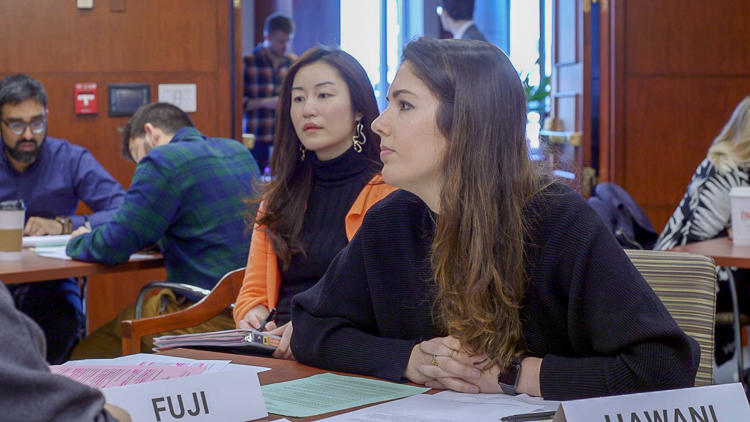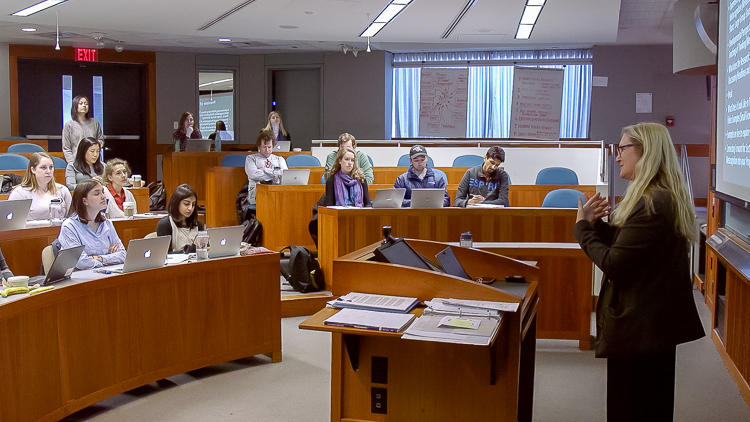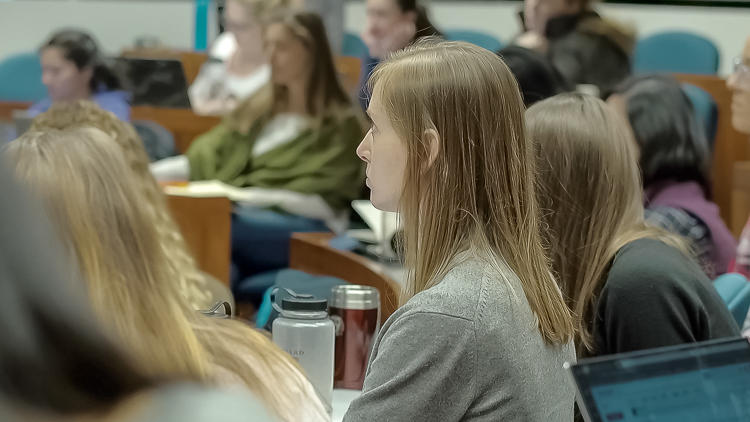Complex, multi-party simulations require careful preparation. With so many moving parts, students should have some understanding of what to expect and how to appropriately prepare. In this video, Mandell and his teaching team describe the materials and instructions students receive before simulations. While all groups receive general instructions which provide broad details about the case, each group member also receives his or her own confidential instructions outlining individual interests, allies, and adversaries. To prepare, students study both sets of instructions closely, internalizing their specific roles and filling out a targeted preparation sheet to help them anticipate the twists and turns of the upcoming negotiation.
Preparing students for a simulation
Instructor
Brian Mandell, Mohamed Kamal Senior Lecturer in Negotiation and Public Policy
Student Group
Graduate
School
Harvard Kennedy School
Course
Advanced Workshop in Multiparty Negotiation and Conflict Resolution
Group Size
60 students
- Provide students adequate time to prepare for simulations, preferably outside of class. Consider using graphic organizers and/or journal prompts to help students organize their role preparation and anticipate potential outcomes and challenges of the simulation activity.
- Be purposeful about the preparation materials you give your students. If information asymmetry is a reality of your field, consider giving students different amounts of information or different information altogether.
- As is done in Mandell’s course, you might give groups two sets of instructions: one general set of instructions that provide students with a broad overview of the case and then individual sets of instructions for each group member to build interpersonal complexity.
- Researchers suggest utilizing well-defined, multidisciplinary, simulation-based team training that allows for the assessment of both technical and non-technical skills (Undre et al., 2007).
-
This comprehensive module from Carleton College’s Science Education Resource Center provides an overview of the benefits of teaching with simulations and provides examples of simulations instructors can incorporate into economics courses.
-
This helpful guide from the UK’s Higher Education Academy outlines simulation design principles for any discipline and classroom considerations for implementation.




